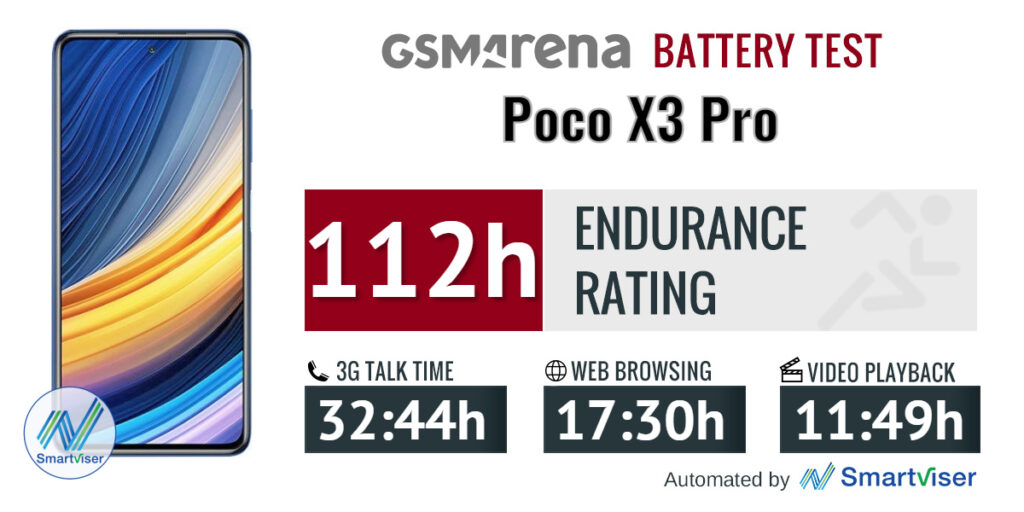Web Design Fundamentals Used In SEO
From a web design perspective, onsite SEO work will help continuously improve the ranking signals your site sends out to search engines like Google. Google and other search engines use these signals to determine how to rank a site for relevant searches. At Sharp Tack Media, we exercise relentless improvement; this is certainly a fundamental truth with SEO in general as a site never achieves SEO nirvana. Rather it needs to be relentlessly worked on, modified, and fortified to demonstrate to the search engines it is alive and kicking.
 As such, here are 5 important web design concepts necessary for giving a website a fighting chance to rank on Google’s SERPs.
As such, here are 5 important web design concepts necessary for giving a website a fighting chance to rank on Google’s SERPs.
1. Competition
Competitors are also active in enhancing their tactics. Some of them will be making hefty investments for services to intelligently optimize their content and formulating placements on authoritative publishers.
An investment in well-written content and custom-designed elements can help create a more competitive site with much higher quality. Furthermore, one of the SEO signals is overall site traffic and on-page visit duration, you should strive to increase these on your site.
2. Basics
There are several core elements that set the stage for a well-optimized website. This includes having a domain that makes sense to the niche and relates to what you do, good site loading speeds, text-based content, the internal linking structure that the search engine can crawl including XML sitemaps, proper use of heading tags, and a sensible URL naming structure for internal pages.
3. High-Quality Content
Quality content trumps long copy any day of the week. A well written and structured page is more effective at optimizing towards a targeted keyword phrase than an onslaught of mundane articles.
Having said that, it is still useful to have a few articles and have each contain an internal link back to the primary page that is the focus page for the targeted keyword phrase.
4. Proper Meta Tags
Web designers use template rules to automatically assemble meta title and description tags for all pages. As such, inevitably some pages will have duplicate page titles. It is good practice for a business owner to take their new site and create unique metadata to replace the original placeholder information. Every page should have its own set of meta content tags to help search engines get a better individualized grasp of each page. Failure to do so may negatively impact your site’s ranking.
5. Be Committed
SEO is a long-term strategy. Sometimes a client will ask us to have their site “SEO’d” during its design and development. They presume it will come out of the gate SEO-ready, whereas in actuality a new website will not immediately witness the results that were expected and may take a good few months into its life cycle to see the effects of SEO.This is because it takes time for Google to assess the authority and relevance necessary to compete in search results. During that time, a website owner/admin needs to learn and refine the site in conjunction with signals obtained from the search engines’ algorithm’s early rankings.








